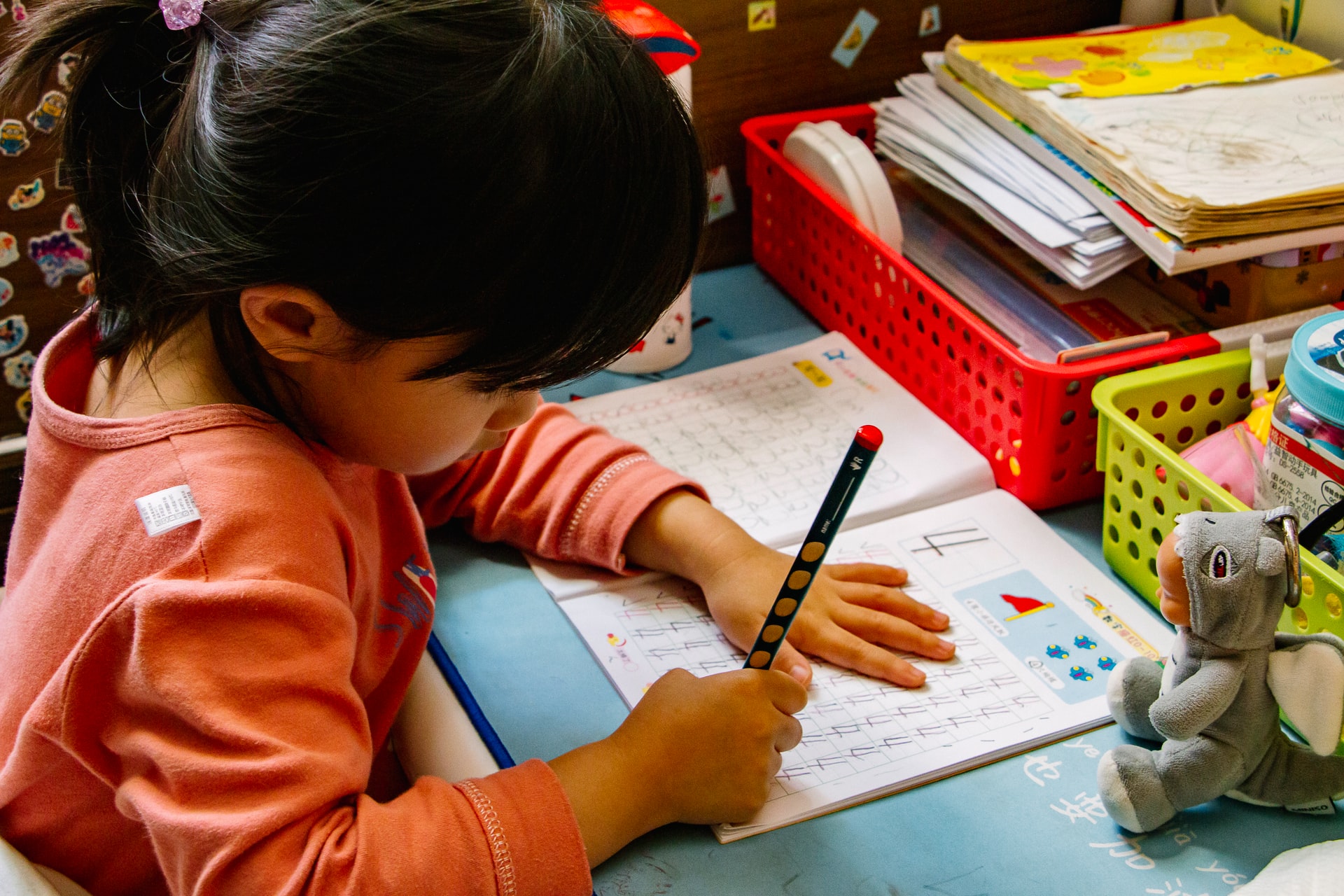Creating and Using a Calm-Down Corner in Any Learning Environment

James, a second-grader, hasn’t had the best of his day yet. His nightmare of a day started with oversleeping, resulting in him getting to school late and missing breakfast. During the break, he injured his knee, while other kids made matters worse by provoking him to cry. It’s now time to read his most difficult subject. After reading the third time, he makes mistakes and is corrected by his educator Ms. Hernandez. By now, he’s all mocked up and extremely frustrated. He flings the book to the floor, yelling that everyone hates him and he hates them too. Ms. Hernandez then leads James out for a chat.
One of the popular tools employed in classrooms today is calm-down corners. Teachers realize that kids, like grown-ups, walk in a day with various feelings or emotions to process, which can sometimes result in bad behavior. A calm-down corner, also known as a peace nook or Antarctica (A very distant place from everyone), gives students a space to recuperate and refocus so they can hook up with their colleagues. Here are certain ways to develop and use one in your classroom.
- Develop a safe and comfortable space
It would be best to separate the good calm-down corners from the classroom. Should there be enough space set up yours with a physical barricade? A low bookshelf is ideal since it allows teachers to see over them. However, there’s still a feeling from kids that the distance isn’t cool enough for them.
Your calm-down corner should be a very convenient place where a kid could relax for a few minutes. There should be nice furniture that affords good relaxation and friendly portraits. Think outside the box if there isn’t much space in your classroom. Let kids have this illusion of detachment by allowing them to turn their back to the rest of the classroom. Allow them to sit on the floor beneath a desk or table and make noise-canceling headphones available so they can be free from distractions.
- Provide guides to calm down
Allowing kids to go to a safe place is a good first step. However, they’ll need a guide to help calm them down. Hang posters to serve as a guide for them. This kit from Natalie Lynn has a great applicable method for helping students recognize how they feel and walk them back to fitness.
Are signs not allowed? Or do you want the ability to hold your calm tools with you? Check out a binder, then. Pre-K Printable Fun has nice exercise kids can use anywhere to restore peace.
Another of our favorites is the Calm Down Cloud pack from Oriental Trading. The beautiful colors and ideally good ideas tend to be renowned among students.
- Offer calming books
With so many books to help kids with social-emotional learning, you might want to add a few to your class library for the use of read-aloud and let them be in the specially created calm-down corner for kids to look at when it’s needed the most. Here are some go-to.
- Find Your Calm (Garcia/Pineda): The storyteller of this book does well describing what anxiety looks like. They described their My body feels like it’s moving in every different direction. I’m overwhelmed.”) It recognizes those cogent feelings and provides thoughtful opinions to help you overcome them.
- When I Am Angry (Gordon): You must not underrate the power of anger. It is a mighty emotion. This young reader’s inspiring book helps to understand that to be angry is normal but controlling it matters.
- Mindful Kids: 50 Mindfulness Activities: This isn’t a book but a collection of 50 cards containing mindfulness and meditation practices. Kids can search for which of those practices suits them best.
- The Secret to Clara’s Calm (Levitt/Bondy): The story is about Clara- a go-to and lively kid. However, she’s got a hot temper when things don’t go well. Luckily for her, a bird named Brodhi is set to guide her to a secret to calmness.
- Little Monkey Calms Down (Dahl): This lovely book is best for the Pre-K set. Little Monkey seems to have a bad day but employs basic coping strategies to feel good as he did before.
- The Magic of Me: My Magical Choices (Cummings): The story informs kids that they can have their say about their behavior and provide honest suggestions for making good ones.
- Add fidget toys and other tools
Load your calm-down corner with a few reasonable toys and tools. Noise-canceling headphones will aid kids in finding some solace, while the toys serve to ease nervousness away. It would help them focus while recuperating. You can find all of your preferred calm-down kit options here.
Calm-down jars are also a common tool. Kids will be intrigued as they shake these jars, see how colors mix, and then mysteriously separate again.
- Take it digital
Virtual classrooms are gradually becoming the new normal in various places, so calm-down corners are digital too. In an online school environment, you can use this or in a traditional classroom. The certified Digital Calm Down Corner from The Counselling Teacher Brandy has particular mood checks and a good selection of activities for calming down. It works especially well with Google Classroom.
Mindfulness and meditation apps are good helpful tools too. Our preferred one is the “Do Nothing for Two Minutes. After starting the app, do nothing for two minutes but listen to waves as you stare at the ocean from the screen. Moving the cursor means starting all over again. Search for more apps to tackle anxieties here.
- Patiently teach the kids how to use the space
It is paramount that a calm-down corner must be an effective tool for kids rather than something they see as a fun time or punishment. Educators must spend quality time orientating kids about the purpose of the calm-down corners and how it can work for them. Please include a few social-emotional lessons into your curriculum during the first few days of back to school, then launch the corner when kids are ready.
Set regulations for the corner. Will students take your permission before going there or at their discretion? Except you have enough space to accommodate more, restrict the corner to one student at a time. Setting a time limit for a user is a good idea too. However, should the timing not be enough, they can request extra time.





